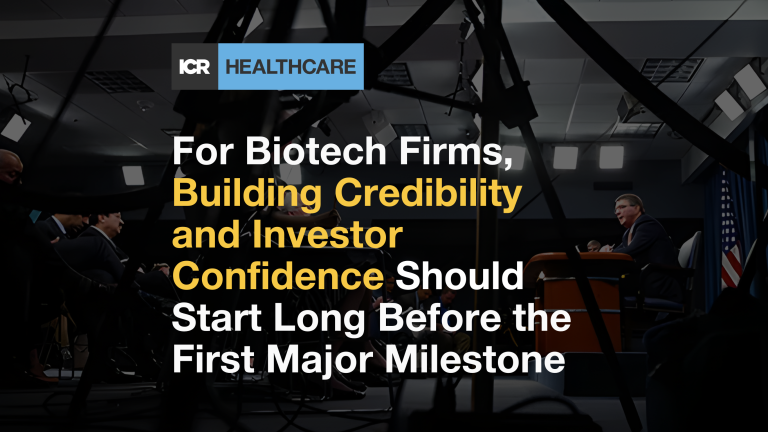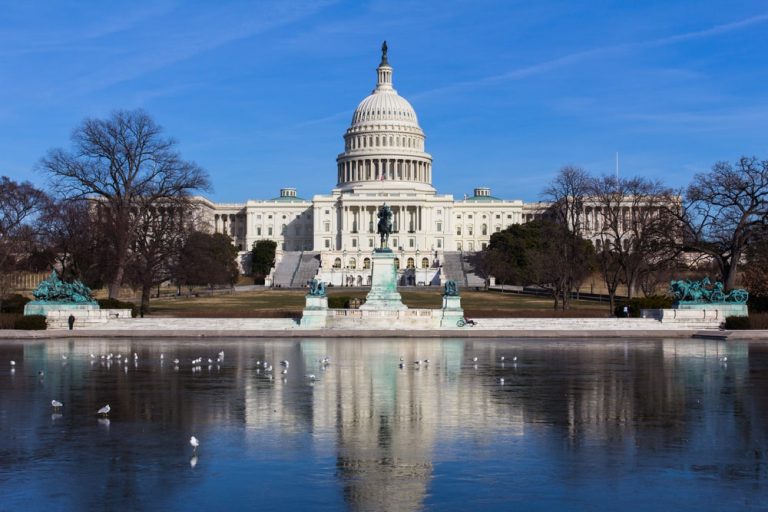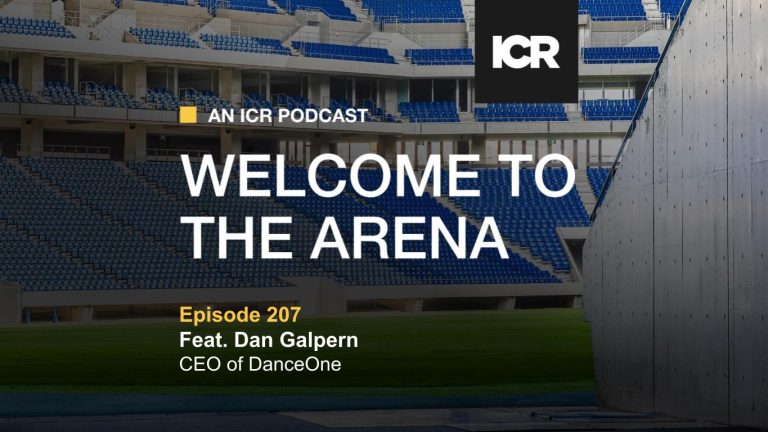Investor days remain an important component of an IR strategy for healthcare companies worldwide. After months of tiring 45-minute one-on-one meetings with investors covering the same topics over and over, the opportunity to showcase your business at a more strategic level is invaluable. These events can serve as critical connection points between innovative healthcare companies and global capital markets, allowing companies to communicate complex stories to investment audiences. They can be done on an annual basis or timed to coincide with important corporate inflection points such as data readouts, regulatory updates, or commercial launches. They can be utilized to achieve multiple goals, such as:
- Providing an in-depth review of the company’s pipeline or product portfolio,
- Highlighting the company’s growth strategy,
- Disclosing new data on an important asset or pipeline expansion,
- Educating on a product(s) total addressable market, or,
- Increasing the company’s visibility across key Wall Street and international investor audiences.
Whatever the purpose, ensuring successful execution of the event is crucial. All of the expense (both time and capital) invested in crafting messages, designing slides, preparing speakers, etc. can be wasted if the event is not organized deliberately. With that, here are some key considerations we have learned over the years of assisting companies in the preparation for and execution of these events across global markets.
Pick the date wisely.
You send out a well-crafted “Save the Date” or invitation, only to receive numerous declines, because most investors will be at major industry or financial conference. For healthcare companies, be particularly mindful of key global industry events like JP Morgan, ASCO, ASH, ADA, or major FDA/EMA advisory committee meetings. Consider international time zones when planning virtual components to maximize participation from investors across different regions. Given the busy conference calendar these days, finding a day with little competition for attention is tough, but it is worth the effort.
Entice in-person attendance.
With the increased acceptance of virtual events, boosting in-person attendance should be an important focus. These events further build relationships with key financial stakeholders when you can meet them face-to-face, not on a computer screen. To boost attendance, consider providing attendees an opportunity that encourages them to resist their natural urge to attend virtually. Some examples of these enticements include:
- Access to the broader leadership team. Both investors and analysts appreciate the opportunity to meet the team beyond your typical one-on-one attendees. This may include your Chief Medical Officer, R&D leadership, or Chief Commercial Officer. These interactions build credibility and allow for more technical questions that may not be appropriate in a general session. It’s also an opportunity for other members of your team to gain experience in interacting with financial community.
- Include a KOL or other industry leaders. Healthcare investors and analysts particularly value hearing from principal investigators, treating physicians or regulatory experts who can validate your approach. In-person attendance allows them to introduce themselves and hopefully build a relationship with these experts. If a formal presentation isn’t the right option, consider a fireside chat or panel discussion focused on unmet needs or treatment landscapes across key markets.
- Showcase your technology or products. For medtech or digital health companies, consider product demonstrations. For biotech companies with novel platforms, poster sessions explaining mechanisms of action or lab tours (where feasible) can provide value that’s impossible to replicate virtually.
Err on the shorter side.
You probably have a lot of essential information and updates that you want to share with the financial community. Just remember that attention spans are more limited than ever. The longer the presentation, the more likely attendees will check email, view the performance of their holdings, or need to leave for a call or meeting. The days of day-long investor days are gone. We try to keep events around 2 hours in length and as focused on the key messages as possible. This timing includes Q&A!
Keep it simple when possible.
You will spend hours and hours obsessing over the content and slides for the event. Remember that attendees will be processing this information for the first time – much like drinking from a fire hose. If the content is too complex, it may be difficult for them to fully grasp. There will be times when detailed information is required, but ensure content is presented as clearly as possible:
- Layer your information – provide high-level conclusions for generalists while having detailed backup slides for specialists
- Use clear visuals for complex concepts
- Make sure every slide highlights a key message with a clear takeaway
Don’t overlook logistics.
This sounds obvious but ensure that all logistics are properly overseen. Nothing is worse than starting an event and then realizing that the slides aren’t advancing, or the webcast isn’t getting audio. For presentations showcasing complex visuals, data tables, or video, ensure your A/V setup can display these clearly both in-room and for virtual attendees. Dedicate the proper resources to this.
Extend your reach with a strong digital strategy.
Maximize the impact of your investor day by developing a comprehensive digital strategy that extends your reach before, during, and after the event. Consider creating teaser content for social media, scheduling follow-up communications, and packaging key insights into easily shareable formats that can continue building momentum with stakeholders worldwide who couldn’t attend live.
Conclusion.
Investor days are a powerful way to elevate your investor relations strategy and enhance your visibility across the capital markets. These events provide an opportunity to offer a deeper look at your company’s strategy, pipeline, and long-term vision – building credibility and trust with both current and prospective investors. While investor days will require a meaningful commitment from the management team, they are worth it when done correctly.
We have been helping healthcare companies successfully plan and execute investor days for over 15 years, adapting to evolving technologies, market expectations, and communication trends. Our integrated approach combines investor relations, corporate communications, and real-time capital markets insights to ensure your story lands effectively with the financial audiences and resonates across all stakeholders. Let us know how we can help plan an impactful investor day to strengthen and broaden your investor relations efforts.



